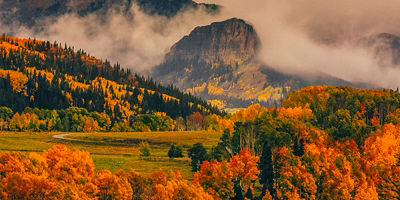
Much of the country’s 640 million acres of federal public lands balance the need for recreation, conservation, and industry. As our approach to managing public lands evolved over the last century and a half, most federal agencies were tasked with achieving some kind of happy medium centered around multiple use.
One exception: National Recreation Areas. As the name implies, these federally protected reserves are created with a focus on people enjoying them. National Recreation Areas (NRAs) emerged in the 1960s, following a national conversation that promoted the idea that public land should increase people’s quality of life by offering as many opportunities for outdoor recreation as possible.
“Recreation in America should never become a club for the enthusiast, a toy for the well-to-do, or an activity reserved for the vigorous. Recreation is needed by most people, of all ages, to achieve useful, satisfying lives,” wrote the Under-Secretary of Health, Education, and Welfare Wilbur. J Cohen in 1965. “It is from recreation that our citizens of all ages draw the strength and refreshment necessary to enjoy life and to make a worthwhile contribution to our national community.”
Two years earlier, in 1963, the Recreation Advisory Council created by President Kennedy outlined the criteria for so-called National Recreation Areas. The council wrote that “greater efforts must be made” by the government to “fulfill adequately the steeply mounting outdoor recreation demands of the American people.” In contrast to our national parks and wilderness areas, the primary focus for these new areas should be on this growing demand rather than preservation or conservation. National Recreation Areas should then be designed for “high recreation carrying capacity” and provide significant opportunities for recreation, and ideally they should be located “not more than 250 miles from urban population centers which are to be served.”
Since the 1960s some 40 National Recreation Areas in 26 states have been created, from Arizona’s Lake Mead NRA (the country’s first) to California’s Golden Gate NRA (the most visited). At Public Lands our goal is to help more people get outside to play, find rejuvenation, and appreciate and protect our public lands. On this site you can find the tools you need to plan a great trip, buy the best gear for the job, and get inspired to explore farther.






















